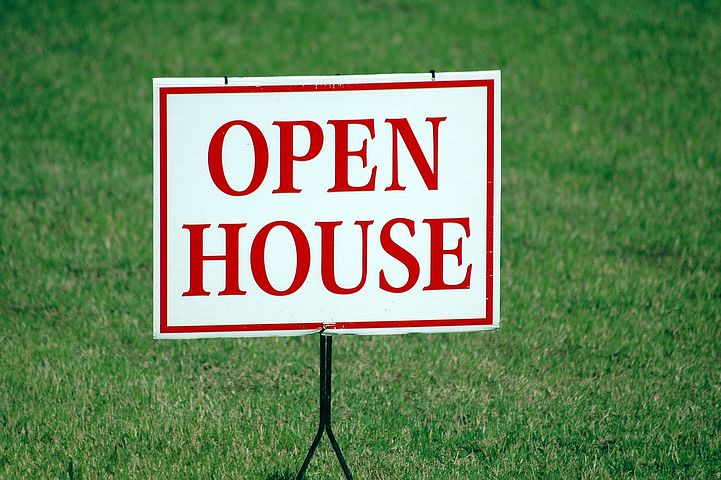Considering Downsizing? Housing Market Trends
(2.5 minute read)
The U.S. housing inventory is historically low; prices are strong versus historical rates, and prices are increasing in double digit increments annually in nearly every market. This real estate boom is resulting in faster sales times. The shortage of homes makes it hard to meet demand from buyers.
As of the first quarter this year, the housing inventory was a record 29% lower than it was a year earlier, according to the National Association of Realtors. That caused the time on the market, on average, to fall to 20 days or so.
Demand is fueled by low interest rates for mortgages; plus, many who now work from home (and who plan to continue doing so) need more/bigger spaces. This situation of factors has been referred to as a “reshuffling” of properties, with many boomers entering retirement wanting the same sorts (and sizes, and locations) of homes as first-time buyers.
More than a year ago, the ongoing pandemic put the housing market on hold; however, it bounced back relatively quickly after the first few months. And for 2020 and 2021, Realtor.com statistics show the Midwest and the Northeast account for 14 of the strongest 20 real estate markets in the country.
There are positive and negatives impacting those of you who are on the verge of downsizing.
If you are planning to sell your home, you probably do not have to worry about every single upgrade you’d put off doing, and deferred maintenance is less likely to be a factor deterring buyers. Likely, they will still be bidding competitively.
If you are planning to sell, once you list the home be ready for a lot of buyers to come to showings in a short period of time; multiple offers are very common. You’ll need to be ready to make quick, educated decisions and it won’t take long to get it sold.
If you are going into a senior living community, you won’t be on the buying end of this unbalanced market. However, if you plan to sell your residence and buy a smaller home, this is where it can get tough. You’ll be entering a very competitive market, where you could lose out on many offers you place. That can be frustrating. Some realtors suggest that in these conditions, you might wish to rent for a year or two to see what the longer-term market looks like. Your lifestyle might change significantly during that time as well, as you age and weigh retirement options.
Of course, interest rates are low enough to encourage borrowing and building alike. Freddie Mac’s Economic and Housing Research Group predicts the 30-year fixed mortgage rate will average 3.4 percent in the fourth quarter of 2021, rising to 3.8 percent in the fourth quarter of 2022.
A more enduring issue is the chronic underproduction of new homes. Most builders have a backlog of buyers waiting for construction of their newly purchased home. All of this bodes well for strong future construction activity, driven by demand and not a bubble situation, which will give builders and materials suppliers sustainable work and profitability for years to come.
Contributing to the big jump in home prices post-pandemic are rising costs of building materials, with lumber as the major culprit, up dramatically due to limited availability. This alone can add so much to the cost of a new home that some buyers are driven out of the market. Concrete, metal products, and roofing are also trending higher. That’s not to mention the materials that are delayed in the supply chain, causing maddening delays and price hikes – things like vinyl siding and windows, HVAC systems, appliances, cabinets, and fixtures.
If you are thinking about selling your home, we recommend you talk it over with your advisor to get a refreshed look at your plan and strategy for the long term. We are here to help you navigate the big picture and make the best decision for your situation.


